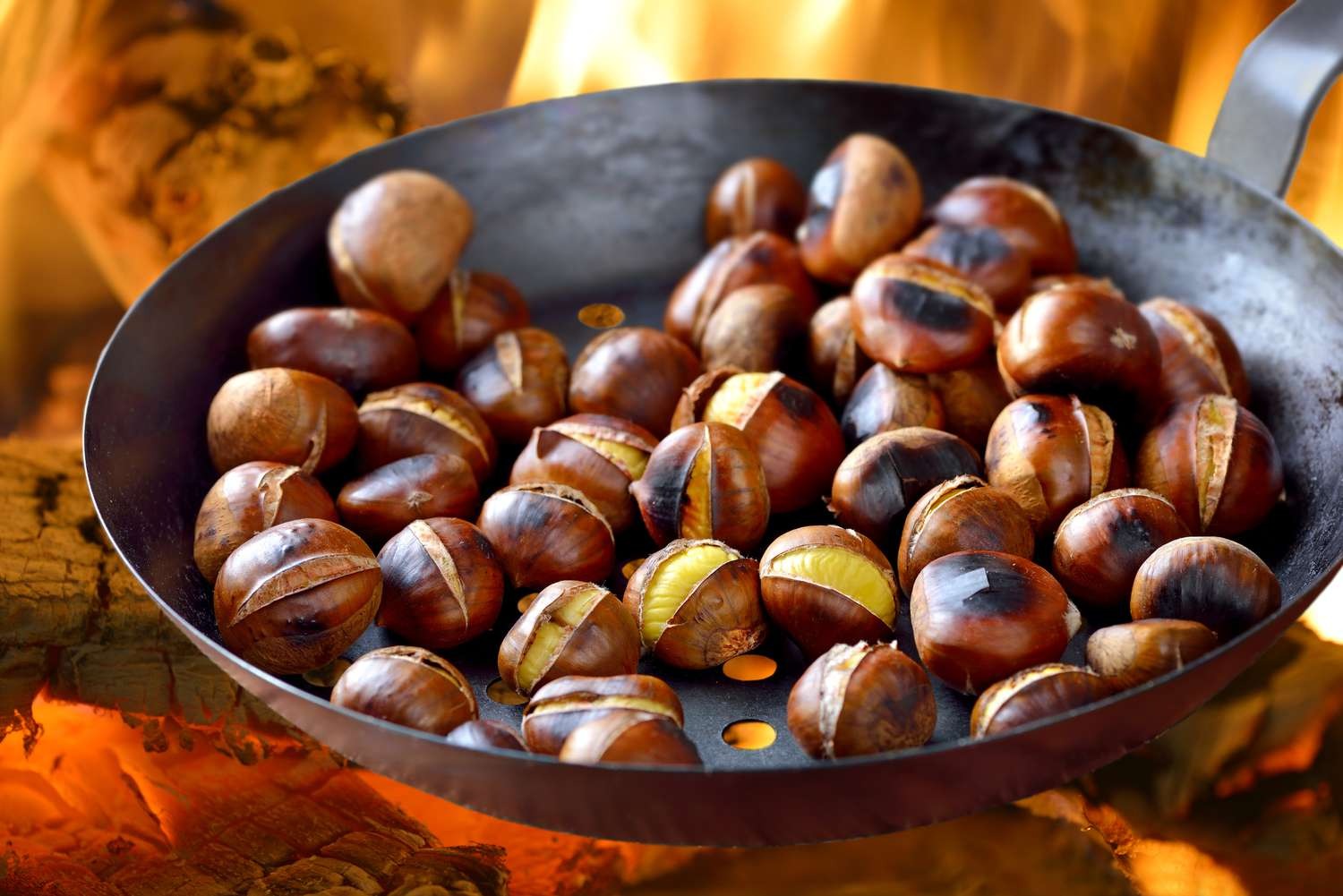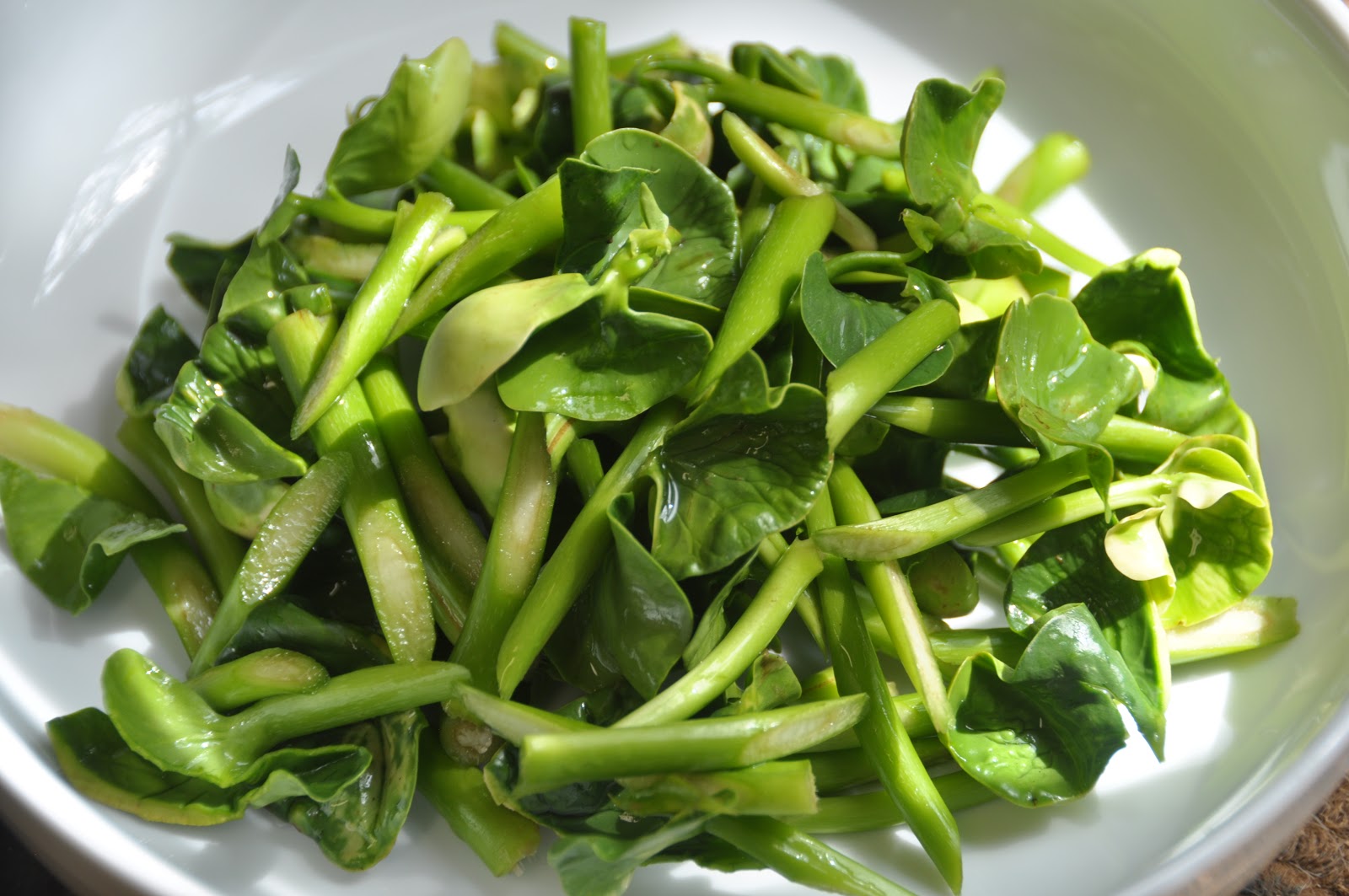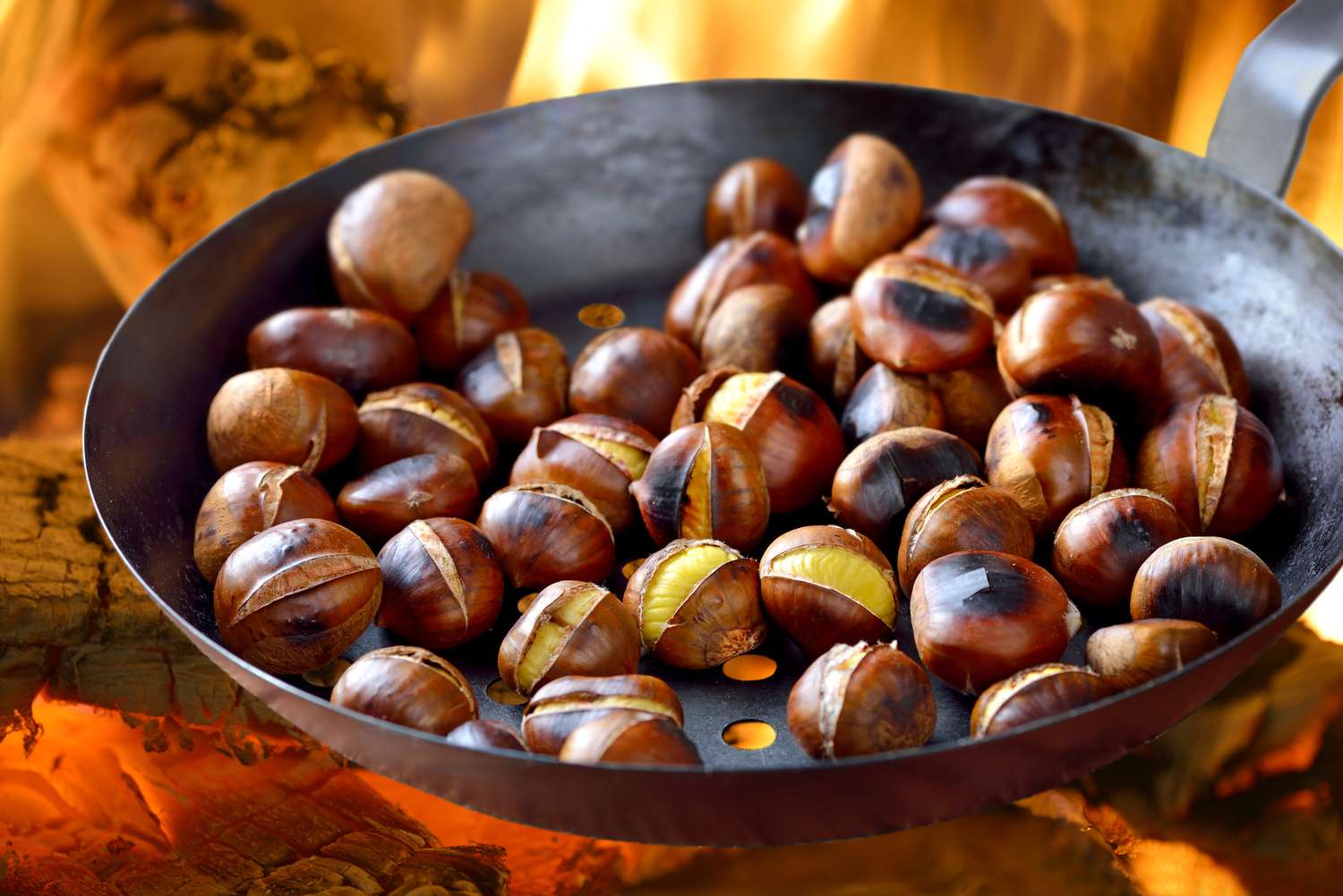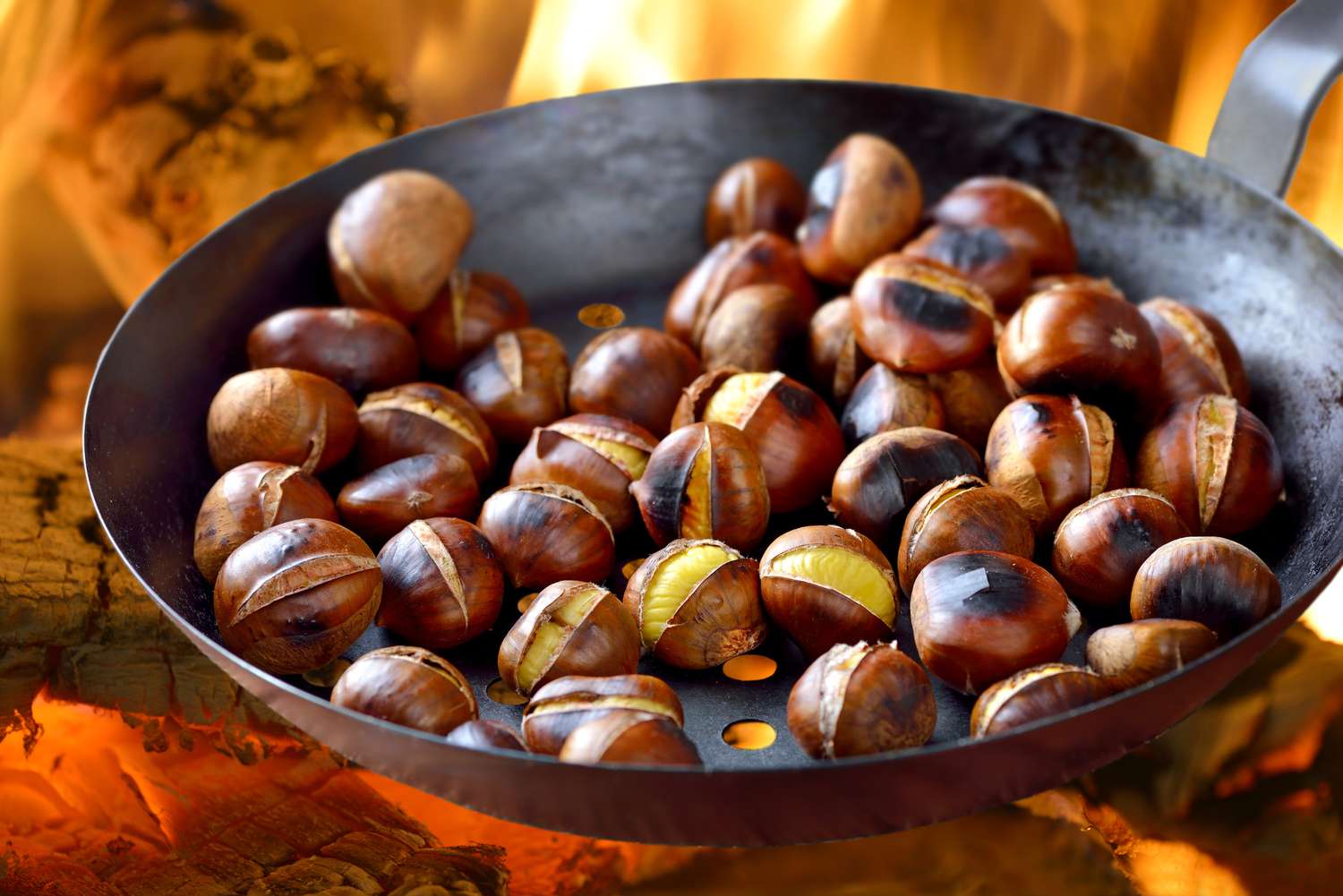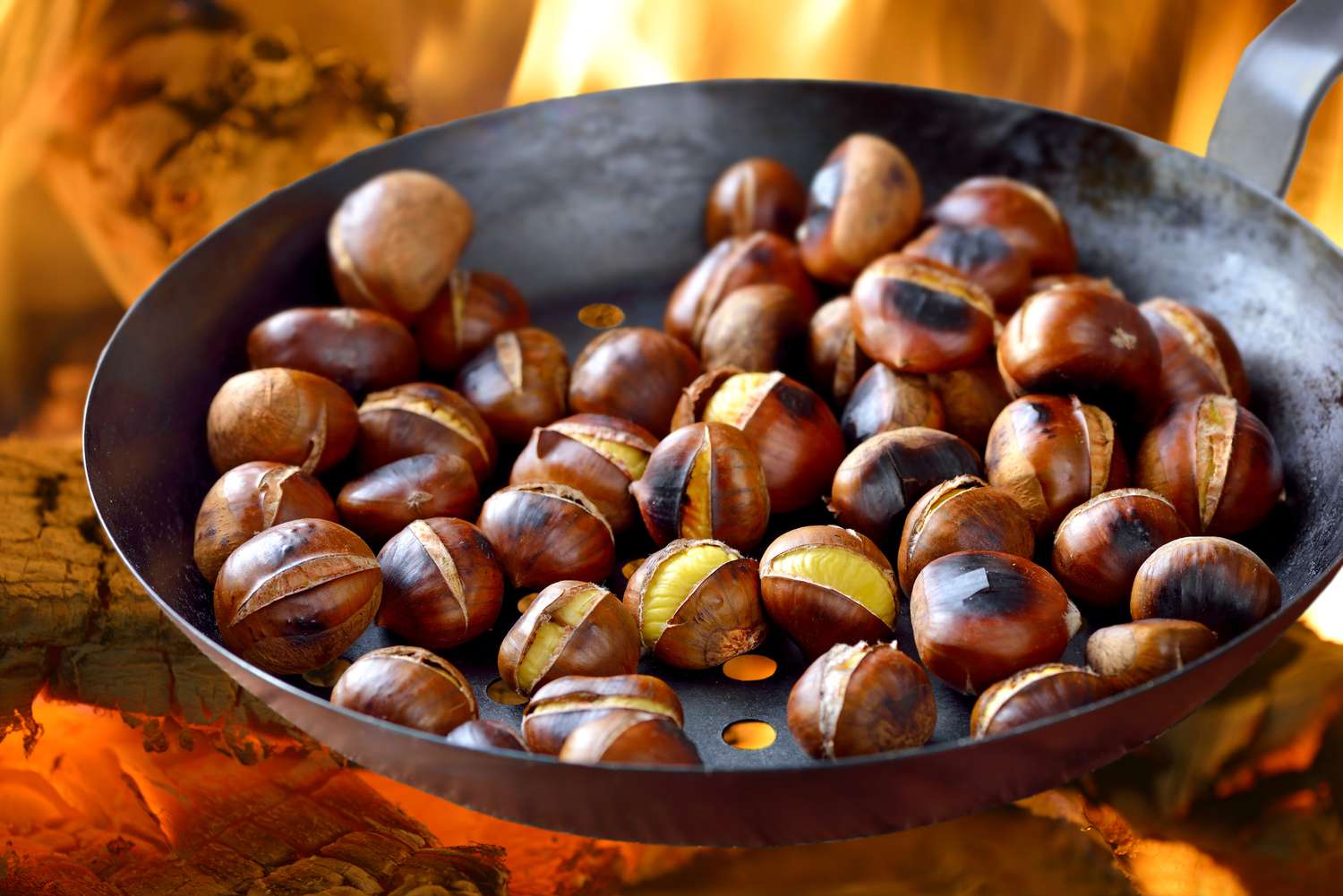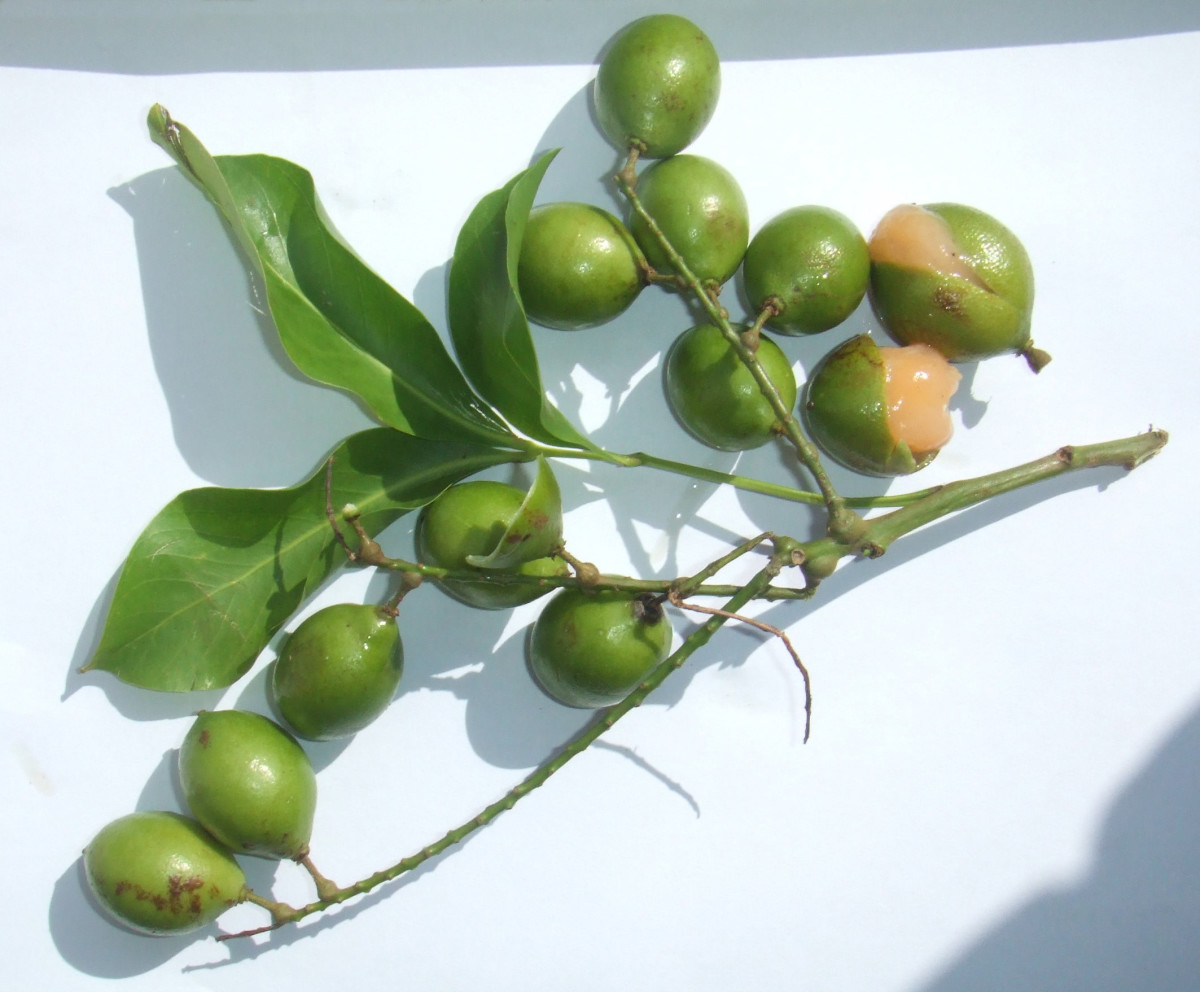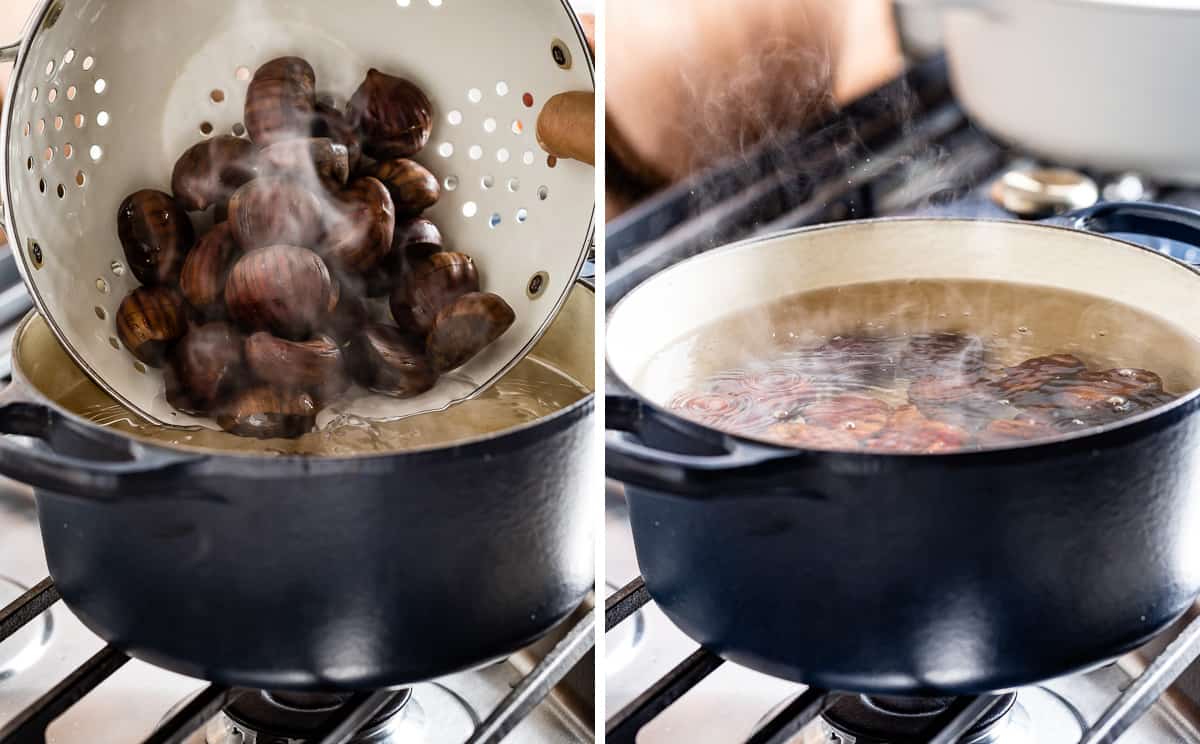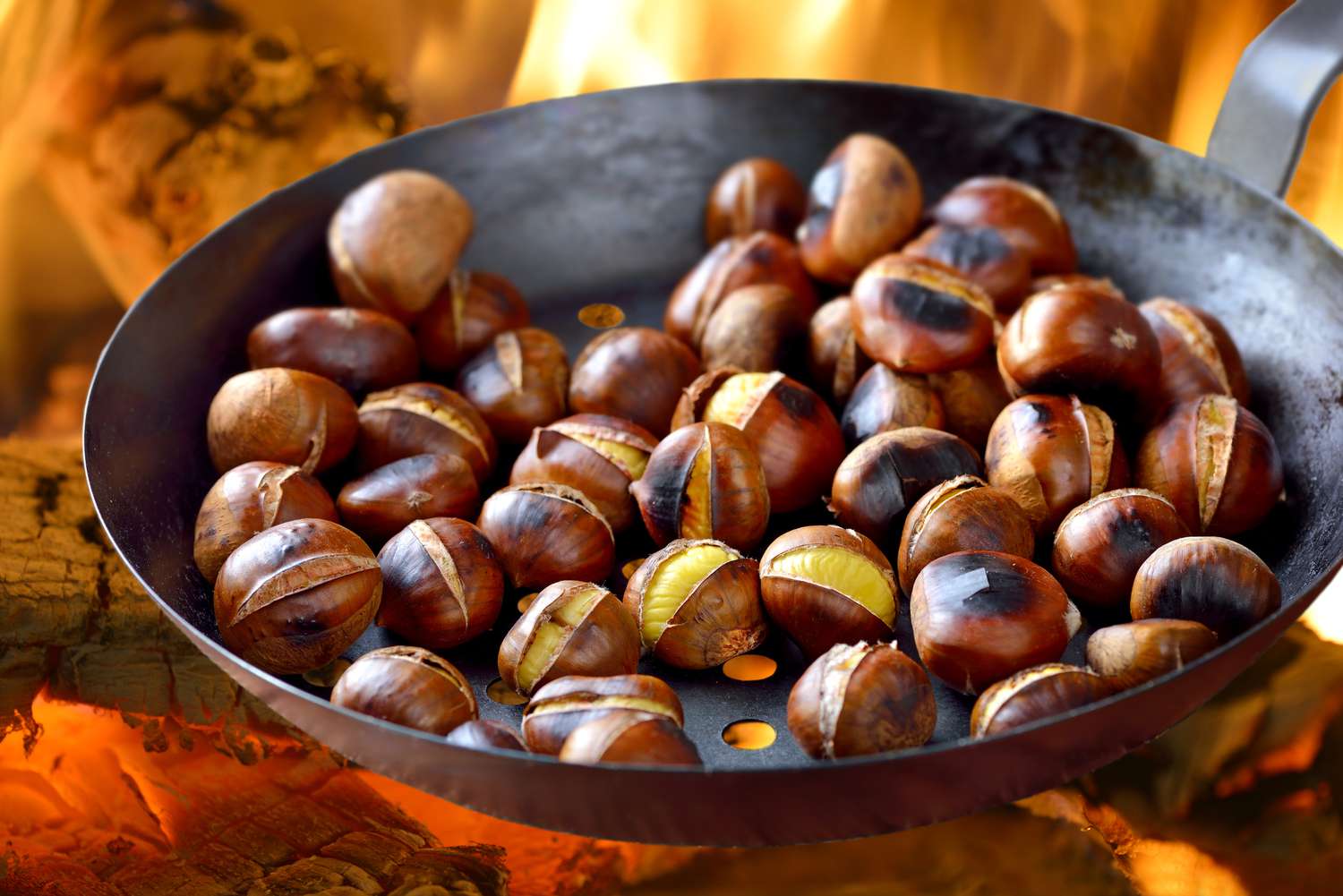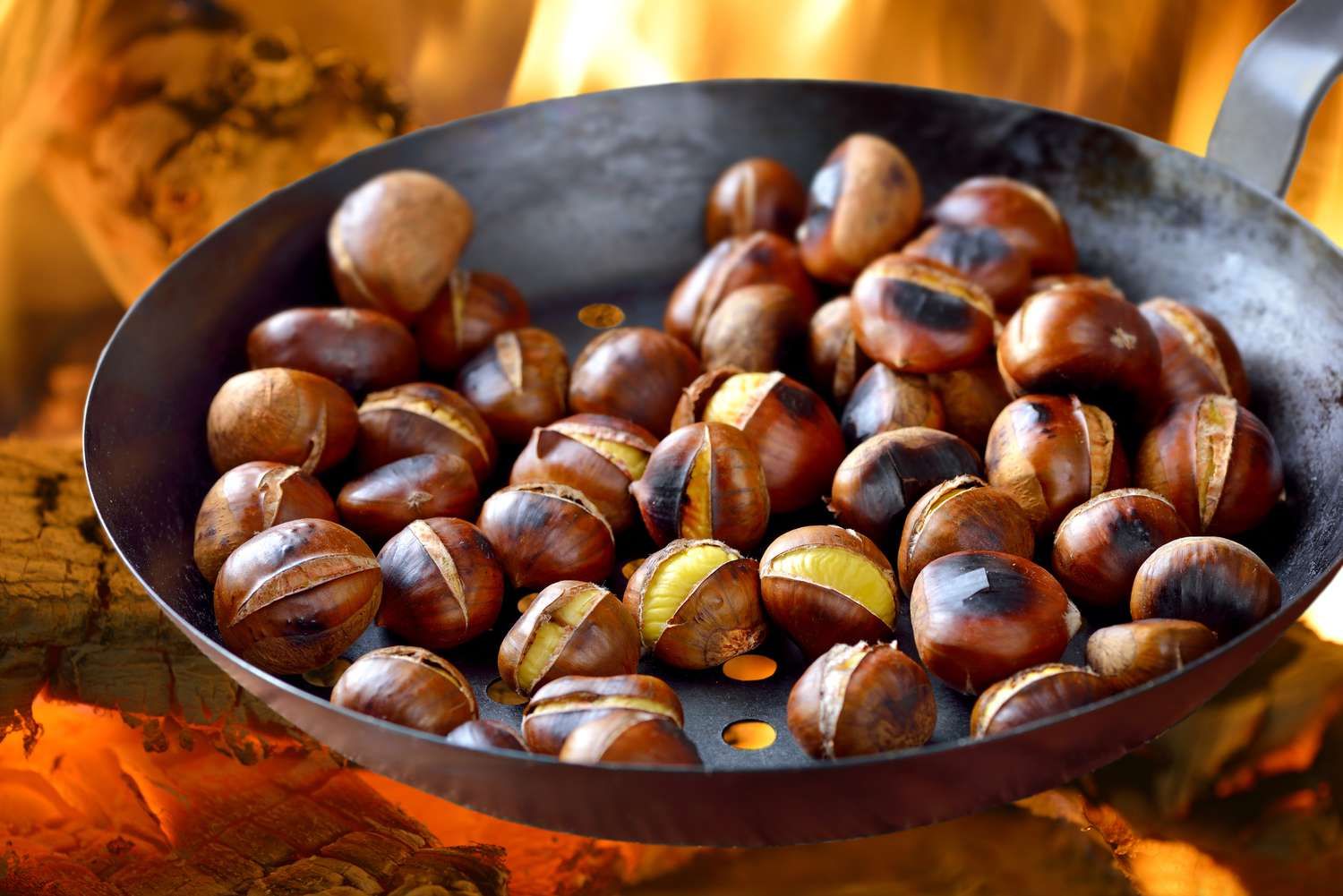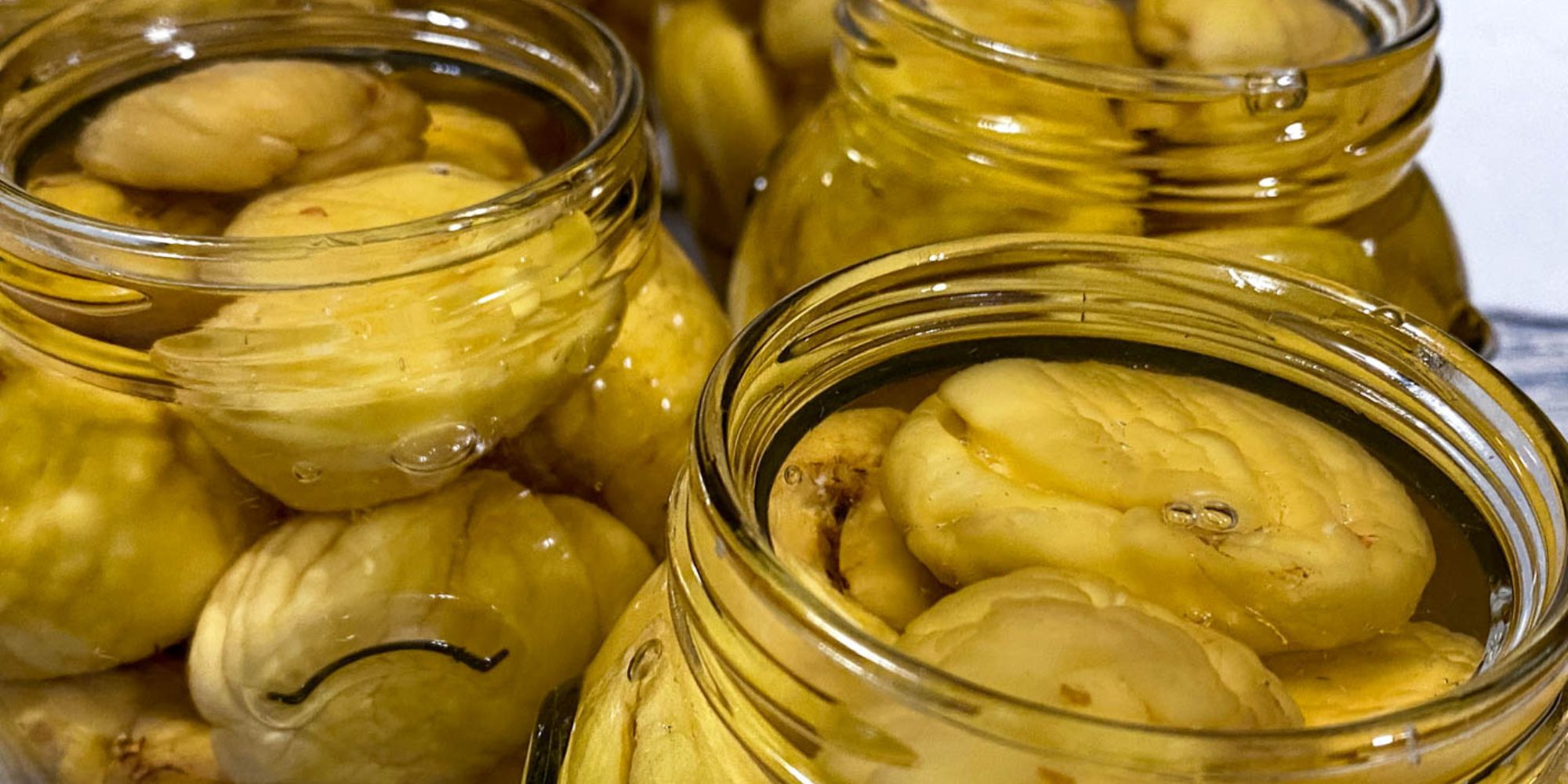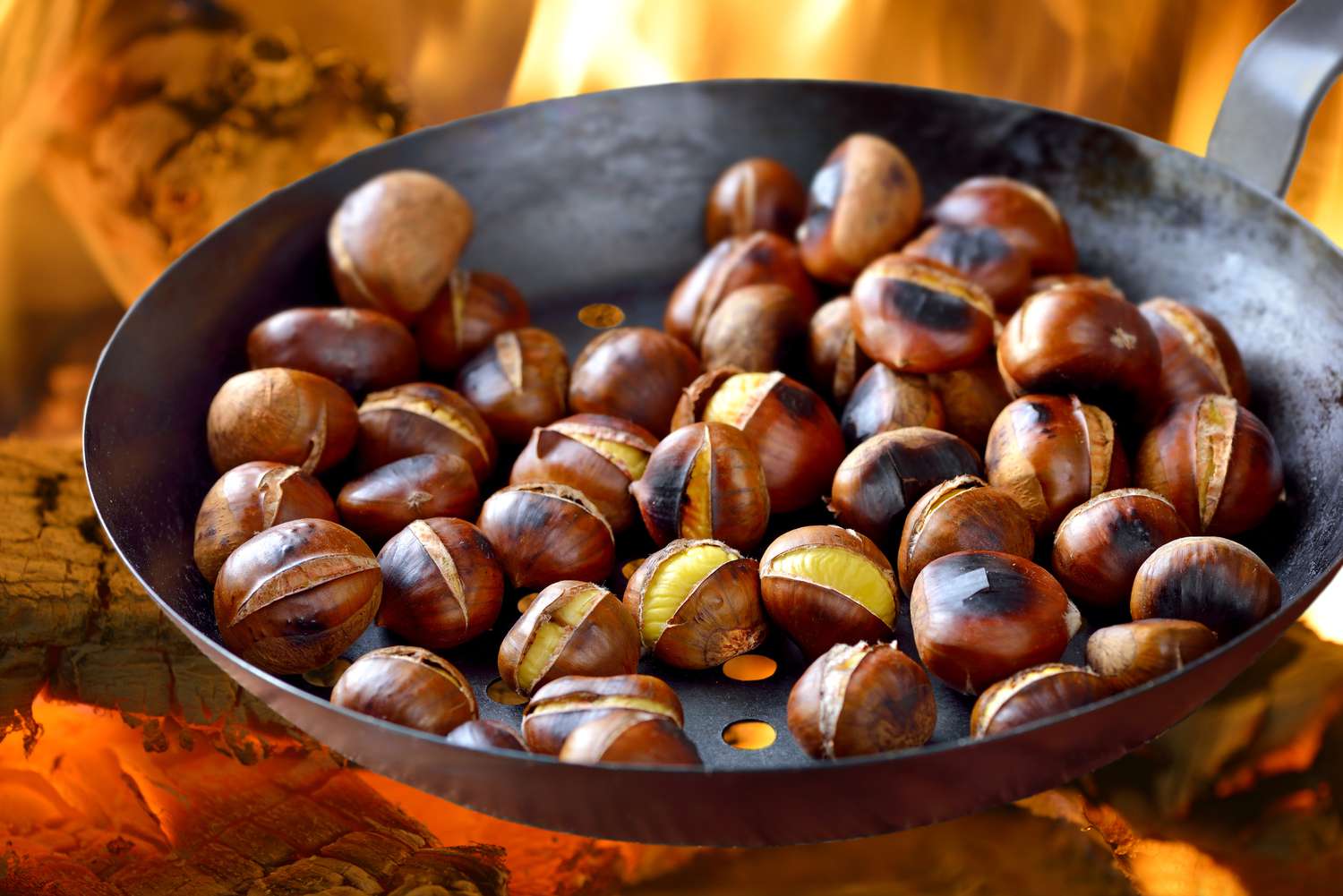Discovering the Delight of Spanish Chestnuts
Spanish chestnuts are a delicious and nutritious treat that can be enjoyed in a variety of ways. Whether you’re roasting them over an open fire or incorporating them into a hearty dish, these versatile nuts are a true delight for the taste buds. If you’re wondering how to make the most of this delectable ingredient, read on for some tips on how to eat Spanish chestnuts.
Roasting Spanish Chestnuts
One of the most popular ways to enjoy Spanish chestnuts is by roasting them. This simple method brings out the natural sweetness of the nuts and creates a warm, comforting snack that’s perfect for chilly evenings. Here’s how to roast Spanish chestnuts to perfection:
- Preheat your oven to 425°F (220°C).
- Using a sharp knife, carefully score an “X” into the flat side of each chestnut.
- Place the scored chestnuts on a baking sheet and roast for 15-20 minutes, or until the skins begin to peel back.
- Remove the chestnuts from the oven and let them cool slightly before peeling off the outer shell and enjoying the tender, flavorful nut inside.
Incorporating Spanish Chestnuts into Recipes
Spanish chestnuts can also be used to add a rich, nutty flavor to a wide range of dishes. From soups and stews to desserts and stuffing, there are countless ways to incorporate these versatile nuts into your cooking. Here are a few ideas to get you started:
- Add roasted Spanish chestnuts to a hearty vegetable soup for a satisfying crunch.
- Use chopped chestnuts as a filling for ravioli or dumplings for a deliciously nutty twist on classic pasta dishes.
- Blend chestnuts into a creamy puree to serve as a side dish alongside roasted meats or poultry.
- Sprinkle chopped chestnuts over a bowl of yogurt or oatmeal for a nutritious and flavorful breakfast.
Health Benefits of Spanish Chestnuts
In addition to their delightful flavor and versatility in the kitchen, Spanish chestnuts also offer a range of health benefits. These nutrient-packed nuts are a good source of fiber, vitamins, and minerals, making them a smart choice for anyone looking to boost their overall wellness. Some of the key health benefits of Spanish chestnuts include:
- High in vitamin C, which supports immune function and skin health.
- A good source of manganese, an essential mineral that plays a role in bone health and metabolism.
- Rich in antioxidants, which help protect the body from oxidative stress and inflammation.
- Contain complex carbohydrates that provide a steady source of energy.
Enjoying Spanish Chestnuts in Seasonal Dishes
As the weather turns cooler and the holiday season approaches, Spanish chestnuts become a popular ingredient in a variety of seasonal dishes. From traditional chestnut stuffing for Thanksgiving to sweet chestnut desserts for Christmas, these nuts add a touch of warmth and richness to festive meals. Whether you’re enjoying them as a snack by the fireside or incorporating them into your favorite recipes, Spanish chestnuts are a true culinary delight that can be savored throughout the year.
Now that you know how to eat Spanish chestnuts, it’s time to get creative in the kitchen and explore the many ways to enjoy these delicious nuts. Whether you’re roasting them for a simple snack or using them to add depth of flavor to your favorite dishes, Spanish chestnuts are sure to become a beloved ingredient in your culinary repertoire.
